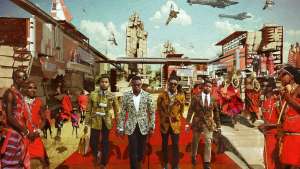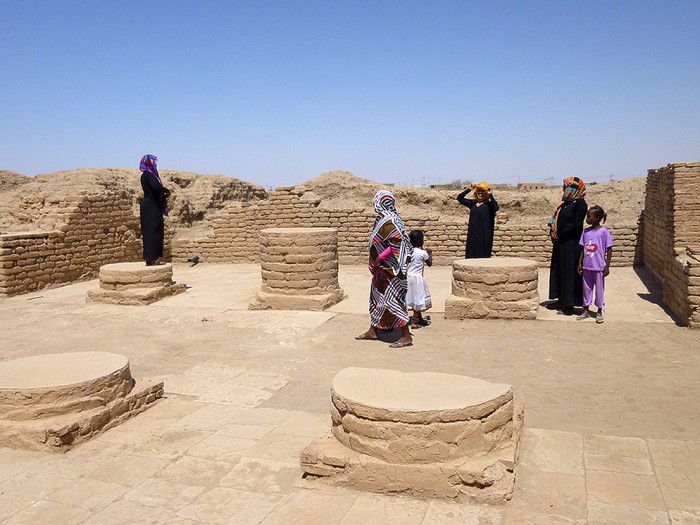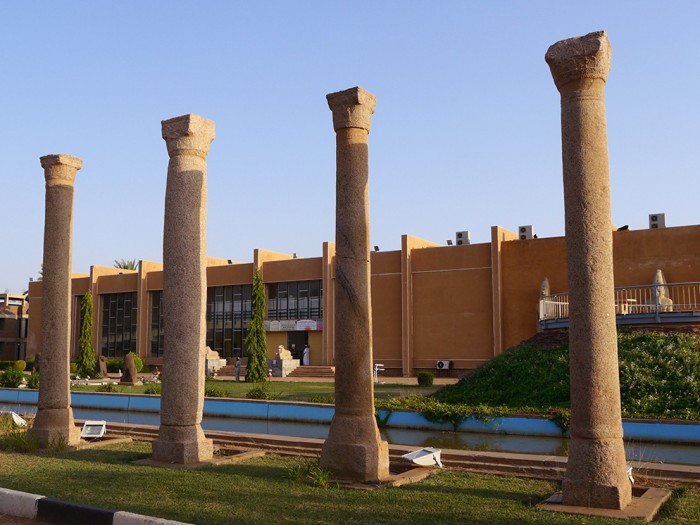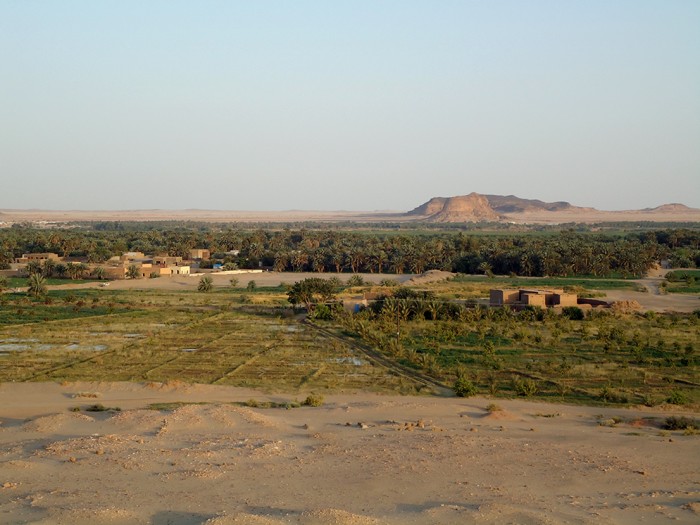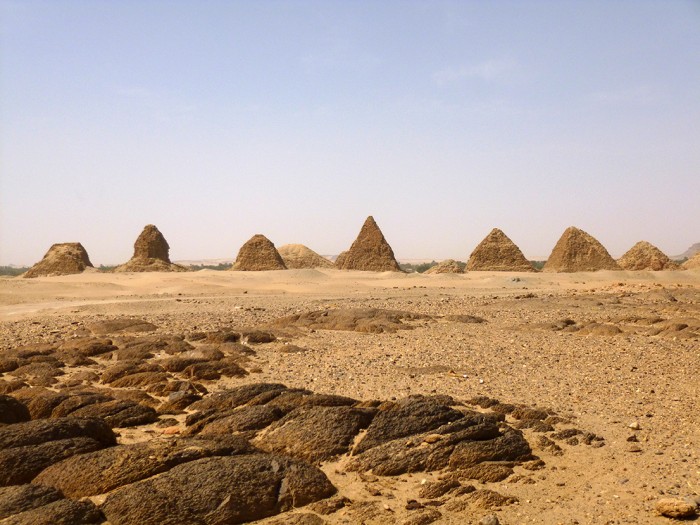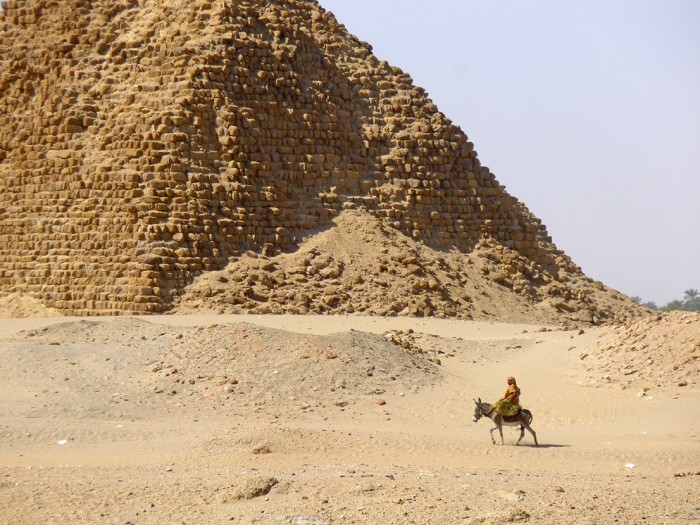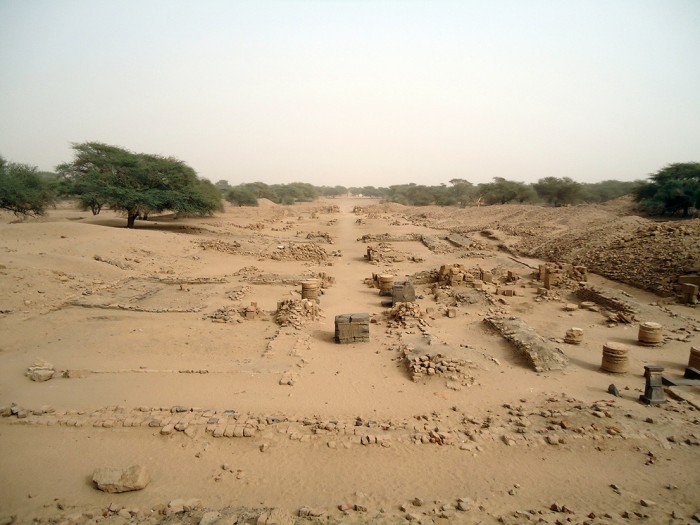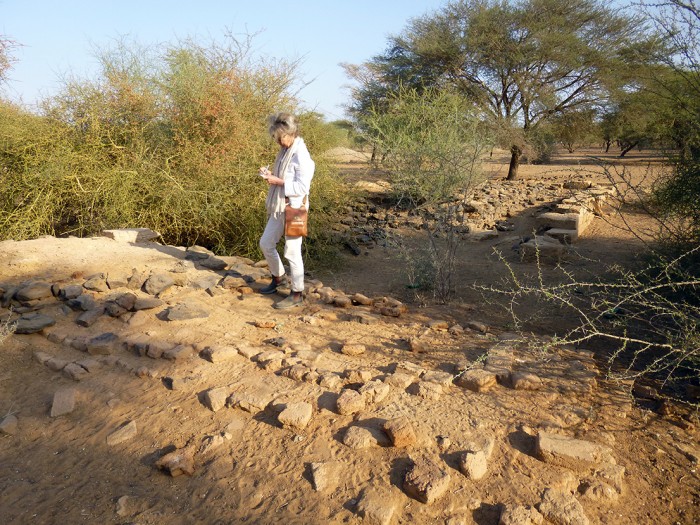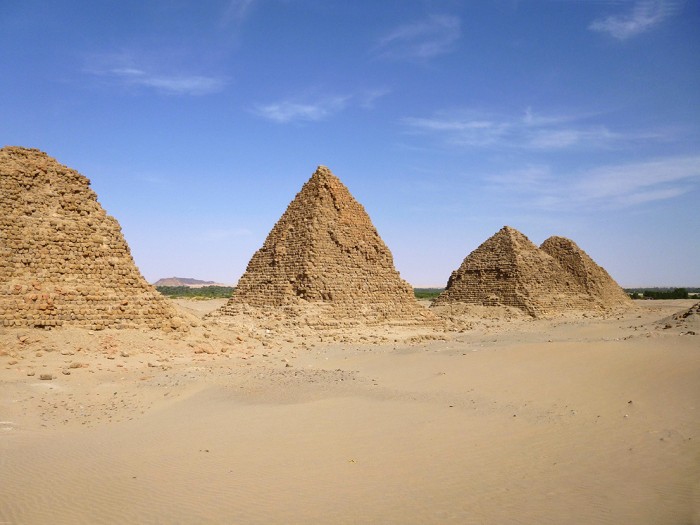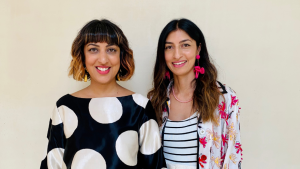From the Series
“The museum project closest to my heart is invariably the one I am working on at the moment,” says ARCHiNOS Architecture director Agnieszka Dobrowolska.
Right now, that means a museum near the confluence of the Blue and White Niles, in the 5-million strong city of Khartoum, Sudan. The Sudan National Museum is crammed with treasures: “moving documents of the very dawn of human civilisation” and “astonishing pieces of the highest artistic value”.
Many of the antiquities – including entire temples that now stand in the grounds – were rescued from sites that were flooded when the Aswan Dam was constructed in the 1960s. The museum opened in 1971.
Museum design – and the exhibitions within the physical buildings – are an important part of the firm’s work. Inevitably, museums reflect present-day interpretations of the past – and historical interpretation can be politicised (South Africa’s museums, which for years ignored or patronised most indigenous cultures, are a fine example). But museums are also about story-telling.
"Finding the best ways of telling the stories of the past can be deeply satisfying. Designing a museum exhibition is always an engaging enterprise," says Dobrowolska.
“This is especially true when the task involves the whole concept of the exhibition: the story-line, the grouping of objects, the overall visual mode – and this is usually the scope of our work. Each collection is a new experience. One becomes immersed in the ‘virtual reality’ that the objects represent and internalises the stories they tell.”
The Sudan National Museum, she says, holds “an amazing collection of pieces that relate the stories of civilisations spanning millennia and straddle the cultural crossroads between the Mediterranean and Europe, Egypt, subtropical and tropical Africa, and Asia.”
Outdoor exhibits and the museum garden, too, are an “integral part of the collection”.
ARCHiNOS is currently involved in a “total refurbishment” of the museum building. The challenge, says Dobrowolska, is to provide modern museum standards – but ensure that the building itself, “a document of an important moment in history”, is treated with due respect.
Sudan’s recent history has been turbulent. It suffered a lengthy civil war, and in 2011 the southern part of the country gained independence to become South Sudan. But its ancient cultural heritage – Sudan has more pyramids than neighbouring Egypt – is a key asset.
The Pyramid Fields of Nuri are remarkable.
Imagine beholding the landscape of the Nile Valley in its very essence – this is the landscape of Nuri, says Dobrowolska.
“From a rocky plateau at the edge of the desert, you see the lush, verdant vegetation of the valley, fringed by human settlements, and behind it, the desert stretching to the horizon. There, in the distance, are solitary outcrops of dark rocks, among them Gebel Barkal – the mountain sacred to ancient Nubians and Egyptians who believed it to be the seat of the god Amun,” she says.
It’s a magical place, she notes. “Twice a year, on special occasions, the sun setting exactly behind the sacred mountain casts the last, fading shadow of its rock pinnacle (in which the ancients saw a giant sanctified cobra crowned with the sun-disk) on the necropolis of Nuri. […] The massive pyramid of the great king Taharqa remains as just a huge stone mound.”
“Many of the more than 70 pyramids at the necropolis are similarly reduced, while others still rise impressively almost to their full height. They stand in two wide arcs and form an impressive silhouette against the sky with their pointed outlines, much steeper then Egyptian pyramids.”
Sudanese authorities are currently developing comprehensive management plans for the country’s wealth of archaeological sites. They want to conserve them – but also bring in visitors to enjoy them and help pay for their upkeep, explains Dobrowolska. ARCHiNOS is involved in this crucial planning and design.
Sudan is changing fast, Dobrowolska says. Infrastructure development, particularly new roads, means that people are moving to areas once left untouched.
“Until very recently, the conditions of most archaeological sites had remained virtually unchanged for centuries; now, they are situated in a new environment, and are often infringed by development,” she says.
The pyramid fields of Nuri are just one example – local people still only occasionally pass by on foot or donkey. But a nearby village can now be reached by a tar road, and many “previously nomadic people are settling at the edge of the desert.”
This means the site is more accessible than ever before – a mixed blessing. “More visitors may bring more attention and ultimately more recognition and resources to the site, but with them arrive new pressures and challenges,” says Dobrowolska.
Sudan is not a rich country (80% of its people are involved in agriculture). “Material resources available for the protection of cultural heritage are spread quite thinly, considering the number and importance of the country’s historic sites and monuments,” she notes.
However, the country has “dedicated and competent people dealing with its heritage, aided by a small but passionately involved group of foreign scholars and researchers.”
Part of the firm’s involvement in Sudan is looking at conceptual design principles for visitor centres to sites such as Nubian temples in Dangeil or Meroe. In true ARCHiNOS fashion, there will be no “ready recipe”, universally applied.
“Structures like the temples in Dangeil or Meroe exist as very scarce remnants: before excavations, they were not even visible above ground,” Dobrowolska explains. “What we see now are very different entities than the temples when they were built.
Even if we wanted to and could return these structures to their original condition, they would still not be authentic, real Nubian temples.
“Buildings are more than bricks and mortar; once their original purpose is forsaken, once the society they served disappeared, the lives of the buildings are terminated,” she says.
Can they be given a new life to serve a different society with a different purpose? “Perhaps, but we need to remember that what is presented to the 21st-century audience is a 21st-century artefact, no matter what expectations and preconceptions the public may have about an ‘ancient temple’. The purpose of our presentation is to let visitors understand what they see on site.”
This doesn’t mean imparting only “arcane scholarly knowledge”, but essentials such as the original size of a building – many of which are half-buried.
“We need to remember that all we can learn about an ancient building is from its archaeological context; isolate the ancient ruin from it, and all information is lost. In our design, we want to let the historic remnants speak for themselves as much as possible. This means that we want modern additions to be unobtrusive, receding to the background,” Dobrowolska says.
“We want any structures newly erected for protection of the original material, or for convenience and information of visitors, to blend into the landscape. One way of achieving it is to use traditional local materials and building techniques – this is also a way to facilitate maintenance and ensure sustainability.”
All such work is done hand-in-hand with archaeologists.
Tourists are visiting Sudan, Dobrowolska says, but there is much potential for growth. “Very few people are aware of the treasures to be seen, usually surrounded by extremely captivating landscape and in remarkable harmony with their natural environment,” she notes.
With suitable conservation and visitor management plans in place, hopefully many more people will soon experience the cultural riches the country offers.
Read Part 1 of this two-part African Report on ARCHiNOS's work in Egypt.

